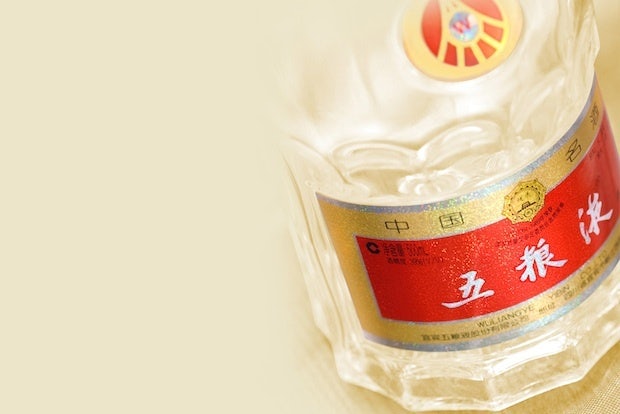Kweichow Moutai Co Ltd Reported Doubling Of Q3 Net Income To US$544.72 Million#

Though they may privately fret about the potential effects of Beijing's current clampdown on public spending on high-end Chinese spirits at official banquets, home-grown liquor producers like Kweichow Moutai continued to record strong profits in the third quarter of the year. As Reuters recently pointed out,
Kweichow Moutai Co Ltd.#
-- China's leading maker of baijiu, traditional Chinese distilled spirits -- reported a doubling of its third-quarter net income to 3.4 billion yuan (US$544.72 million), beating forecasts of 2.4 billion yuan.
Second-largest producer
Wuliangye Yibin#
also recorded strong sales, with a company statement saying the company expects Q3 profit to rise nearly 90 percent on higher production and robust demand.
While analysts expect sales for Moutai and Wuliangye to show a slowing in the months ahead, these and other high-end producers plan to expand production and, in some cases, fuel more overseas expansion. As Reuters noted last week, Moutai plans to invest 6.31 billion yuan (US$1 billion) across seven projects to expand production capacity. For others, such as the Diageo-owned Sichuan-based baijiu brand
Shui Jing Fang#
, overseas markets like the UK represent major opportunities. As the company announced this July, Diageo has been rolling out Shui Jing Fang at high-end Chinese restaurants in the British capital as well as high-end department stores and hotels — looking, ostensibly — to tap the growing number of wealthy Chinese tourists, property buyers, and students now seen throughout the city.
Their international aspirations notwithstanding, there are plenty of livers at home for these spirit brands to damage. According to attendees at the recent Worshipful Company of Distillers debate in London, the fundamentals of China’s wine and spirits industry are staggering on their own: 1.1 billion people of legal drinking age, a middle class that should number 430 million by 2015, and US$656.1 million worth of spirits imported last year — a number expected to double by 2015, according to Morgan Stanley.
